Mass culture gave birth to numerous legends around the behind-the-scenes life of ballet dancers, like, for example, that female ballet dancers exhaust themselves with endless diets. Also, the plot of the Black Swan movie is fully built on the myth about harsh competition between dancers. But, in fact, many of these horror stories are only fiction.
We at Bright Side decided to bust these myths and figure out which stories about ballet dancing are far from being real.
Myth #1: All ballerinas keep strict diets and almost starve.
Female ballet dancers have fit bodies, and that’s the reason why many people think they constantly starve. However, by starving themselves, ballet dancers wouldn’t be able to have stamina, sustain their muscle mass, and have energy for dancing. That’s why their diet is balanced and includes all 3 main components: fats, proteins, and carbohydrates.
That being said, ballerinas consume complex carbohydrates (whole grains and fruits), lean protein (turkey breast and fish), and unsaturated fats (olive oil and nuts). Ballet dancers can eat throughout the entire day.
Breakfast normally contains a large amount of protein (like eggs and protein drinks) to get energy for the entire day. Lunch can include vegetable mixtures or salads, fish, and even fried chicken. For dinner, ballerinas eat something that restores the muscles (like fresh fruit, for example).
Myth #2: One should train from early childhood, otherwise, nothing will work out.
Lessons for beginners are offered not only to small kids but also to teenagers and even adults. However, kids’ bodies are more flexible and the muscles are still developing from ages 2 to 6. That’s why movements learned at this time will remain in the muscle memory for a long time.
This just means that it’s a bit more difficult for adults to learn than for kids. There have been cases of famous artists turning to ballet dancing at an older age. Misty Copeland started her ballet training at 13, while Dwight Rhoden, at 17.
Myth #3: Ballet dancers have constant training sessions, which is why they don’t have time to get an education.
The curriculum of dancers is specific and has a narrow focus. However, this doesn’t mean that they are uneducated. In addition to physical training, dancers also engage in academic subjects related to their profession, such as the history of dancing, the basics of dancing analysis, etc.
There are high educational institutes that offer classic education, including dancing programs. Here, students study the arts and get bachelor or master of art degrees after graduation.
Myth #4: Ballet dancers are at enmity with each other and never miss the chance to screw their colleagues over.
To some extent, ballet can be considered a sport. And just like in any other type of sport, there is some competition. But the dancers themselves say that acts of cruelty, like putting broken glass into ballet shoes or tearing dresses, don’t happen.
The ballet dancer, Hugo Marchand, said that ballet dancers are much calmer in life than they are depicted in mass culture. Student dancers assure that they always feel solidarity with their stage colleagues. It’s impossible to be at odds with people you communicate with every single day as you go through such exhausting training.
Myth #5: Ballet dancers don’t have free time at all, and they always have rehearsals or performances.
The working day of ballet dancers is approximately the same as the working day of most people — it starts at 10 AM and finishes at 6 PM. There are breaks between training sessions. On the days when they have performances, training can start later. But 3-4 hours are typically dedicated to rehearsals.
They have this type of schedule 6 days a week. Apart from one day-off, ballet dancers have vacations that normally last for about 2 weeks a year.
Myth #6: Ballerinas dance on their toes.
The expression, “en pointe,” doesn’t reflect the idea of the pointe technique completely. A ballerina’s feet do need to be fully extended, but the tip of pointe shoes is designed so that the toes are placed in some kind of a box flattened at the end. Such a platform helps dancers stay stable on the tips of their feet.
Another feature of classic ballet is constant up and down movements, which is why ballerinas rarely stand in pointe tips for a long time. Some dancers put on shoes with flat soles or even high heels. Today, female dancers don’t have to wear pointe shoes at all — they can wear soft slippers instead.
Myth #7: Ballet is old-fashioned and a jog trot.
Modern ballet is not only about fairy-tale stories, featuring classic music and dancing in tutus. The creators of ballet performances try to appeal to a more mass audience.
Choosing stories for performances is huge while combining different dancing styles and using modern technologies like background projections have already become widespread practices. Even ballet costumes have changed — dancers started to wear clothes with more of a street style more often. For example, they don overalls and leggings.
Music genres have also gone beyond the border of the classic. For instance, today one can see rock ballet. One such performance (which you can see a photo of in the collage above) is dedicated to David Bowie, using the compositions of this popular musician.
Myth #8: Ballet is considered entertainment for a select few.
Ballets are no longer performance for elite society. You don’t even need to doll up for a performance the way people used to. Ballet groups also are trying to widen their repertoire to attract people of different ages, cultural, and social-economic backgrounds.
Birmingham Royal Ballet, one of the largest troupes in Great Britain, creates spectacles for disabled audiences.
Myth #9: Ballerinas have their own makeup artists.
Most female ballet dancers apply stage makeup themselves. That’s why they need to know all the tips that will help them make their lips and eyes appear bright enough for spectators to see them from the balcony.
For example, the dancers of the New York City Ballet arrive 1-2 hours before their performance. And though they have makeup and hairstyling assistants, they can handle all these things themselves, from face contouring to applying long extended lashes.
Myth #10: All men in ballet are womanlike.
In the course of sociological surveys, it turned out that male dancers constantly face prejudice and ridicule about their profession. In society, they are called feminine. These stereotypes persist to this day.
However, the male dancing technique is much different than that of females. It is more sport-like and is focused more on high jumps. Moreover, male ballet dancers are required to do more man-ish and stronger movements. Lightness and grace inherent in women are not welcome.
Even some famous, brutal men were into this type of art. For example, Arnold Schwarzenegger and Jean-Claude Van Damme used to attend ballet classes.
Which of these myths did you use to believe in? Which of them seemed plausible to you?
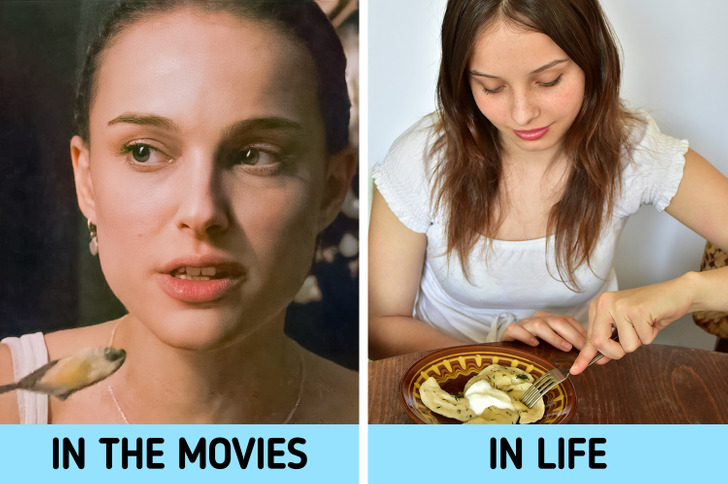
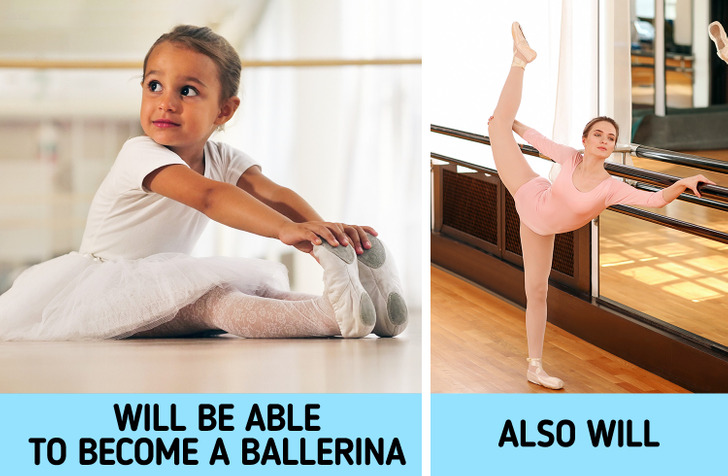
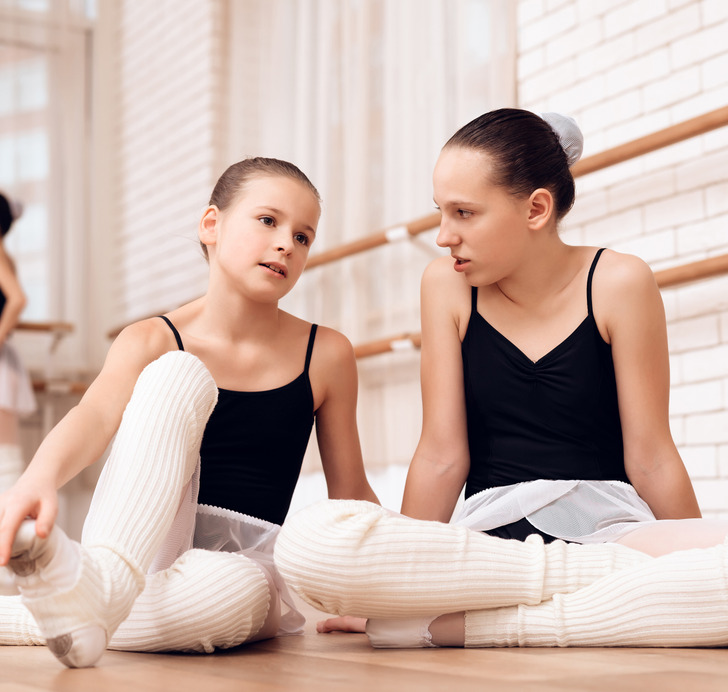
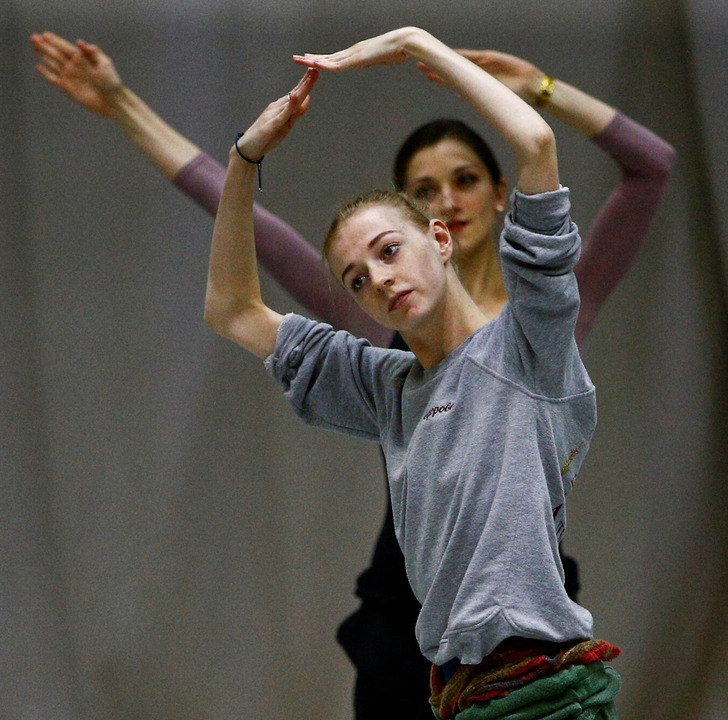
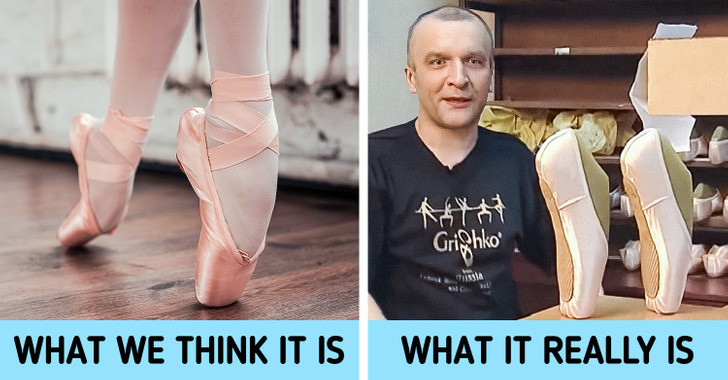
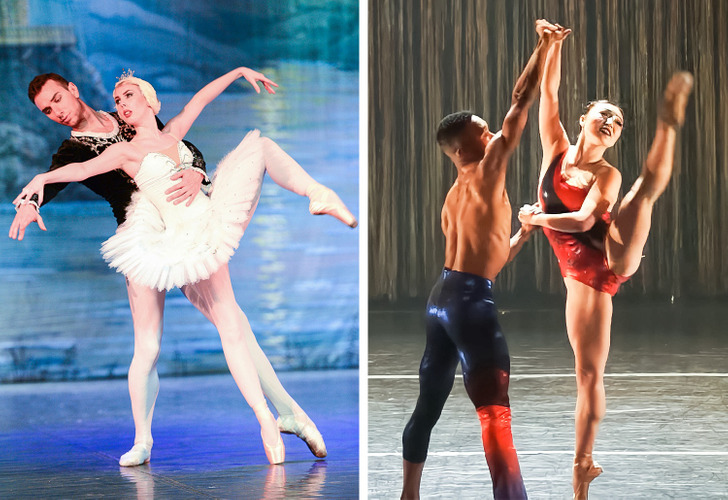
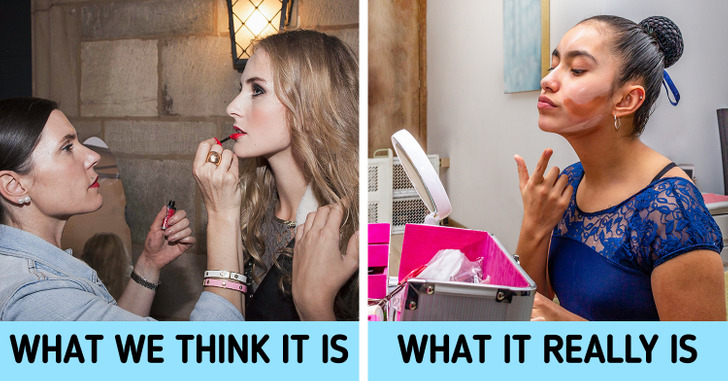
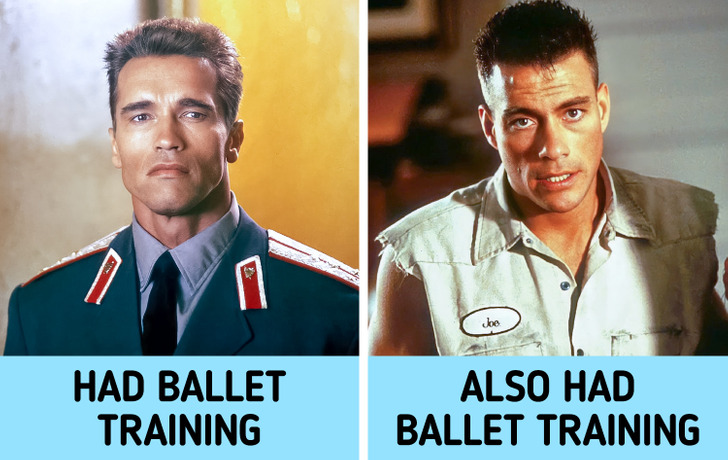
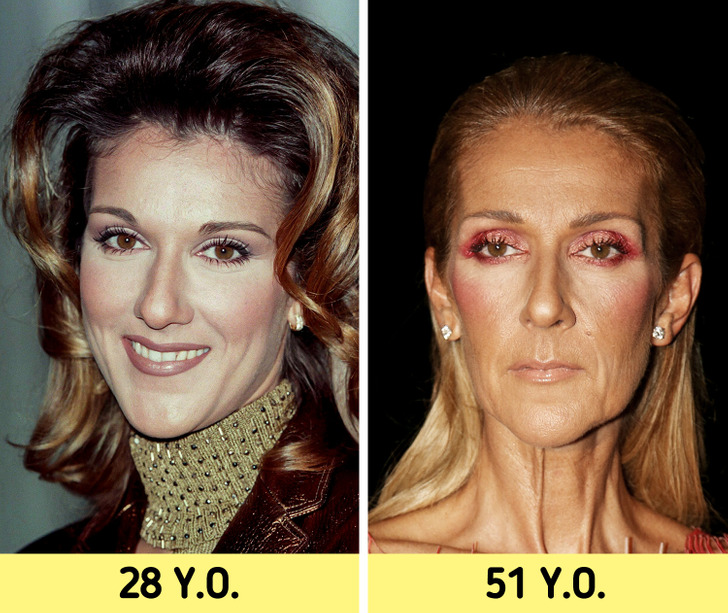

0 comments:
Post a Comment